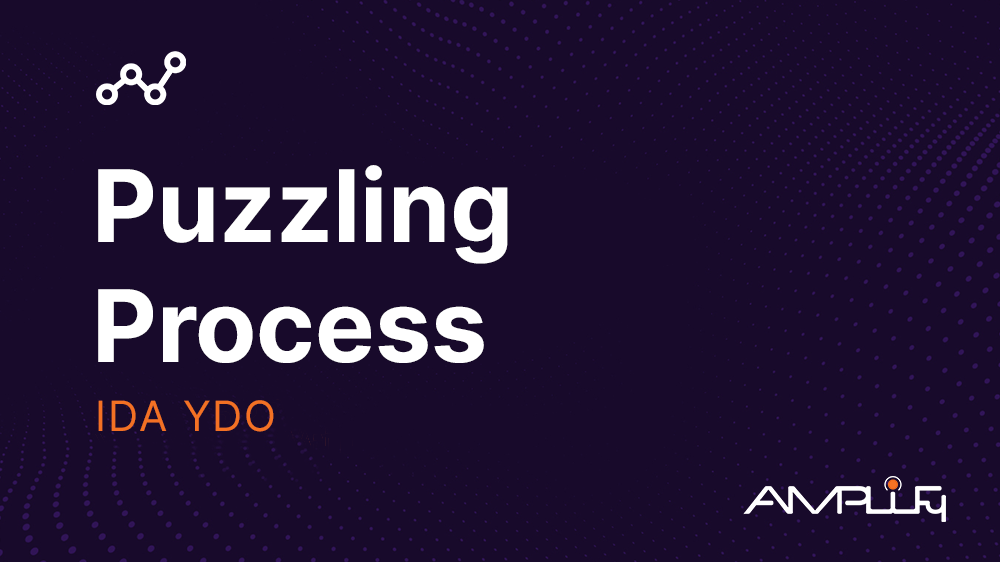Puzzling process
I tend to think of an organization like a thousand different puzzle pieces, all of varying shapes and sizes; some of them represent tasks, some departments, some responsibilities, and the rest procedures.
When we create processes, we’re essentially mapping out the connections between each of these “pieces,” so everyone can understand how they connect. The clarity of a process streamlines operations and empowers each person in the organization to understand their purpose and impact.
Defined processes are a framework that holds everything together, turning separate parts into a coherent whole. When we define processes, we track progress, measure outcomes, and pinpoint what is (or isn't!) working.
It’s like assembling the border pieces of a puzzle first; once those are in place, everything else comes together more easily.
Build Confidence and Consistency
One of the best things about well-designed processes is that they give people confidence. Instead of reinventing the wheel with every new task, they know there’s a trusted method to follow.
I once had a job where there was no defined process for my daily work. I was expected to deliver, but I didn’t understand the expectations, and I wasted time and effort just trying to come up with new methods to complete repetitive tasks every day (and worrying if I was meeting expectations while performing them).
Finally, I had enough and started writing down and defining the most efficient path for every repeated part of my workday, and my work life changed after that.
The reliability of having your workflows defined reduces stress and provides a foundation that you and others can build upon. You aren’t left guessing or cutting corners because you know that the steps are in place, and the expectations are clear.
Processes Enable Innovation and Growth
There’s often a misconception that processes restrict creativity or innovation. But in my experience, it is quite the opposite.
Clear processes give teams a safe structure within which they can experiment, iterate, and scale new ideas. If you don’t have “the box” defined, how in the world do you know when you’re “thinking outside of” that box?
When managing and performing routine tasks, defined processes free you up to focus on higher-level thinking, strategic goals, and creative problem-solving.
In growing companies, processes become even more crucial. When an organization is expanding, it’s impossible to manage everything on an ad-hoc or bespoke basis. Processes make growth sustainable by giving teams a roadmap for scaling their work and adapting to new challenges without losing sight of quality and efficiency.
Define now so you can scale tomorrow
Scaling doesn’t just mean doing more work; it means building systems that can handle the complexity without sacrificing quality. Well-defined processes make sure that, as your business grows, every team member understands what they’re doing, why they’re doing it, and how it impacts the organization as a whole.
This is where consulting can make a real difference. When Amplify is engaged, we bring an objective, honest, experienced perspective to help you break down what’s working and what is not.
We don’t just help you define steps; we make sure your processes are documented, optimized, and ready to support the entirety of the puzzle that is your organization. We focus on creating a structure that’s not only sustainable but also adaptable as the company evolves.




